<Report from overseas office> [Thailand] Sugar intake is actually more than three times the global standard! Thai people's health measures
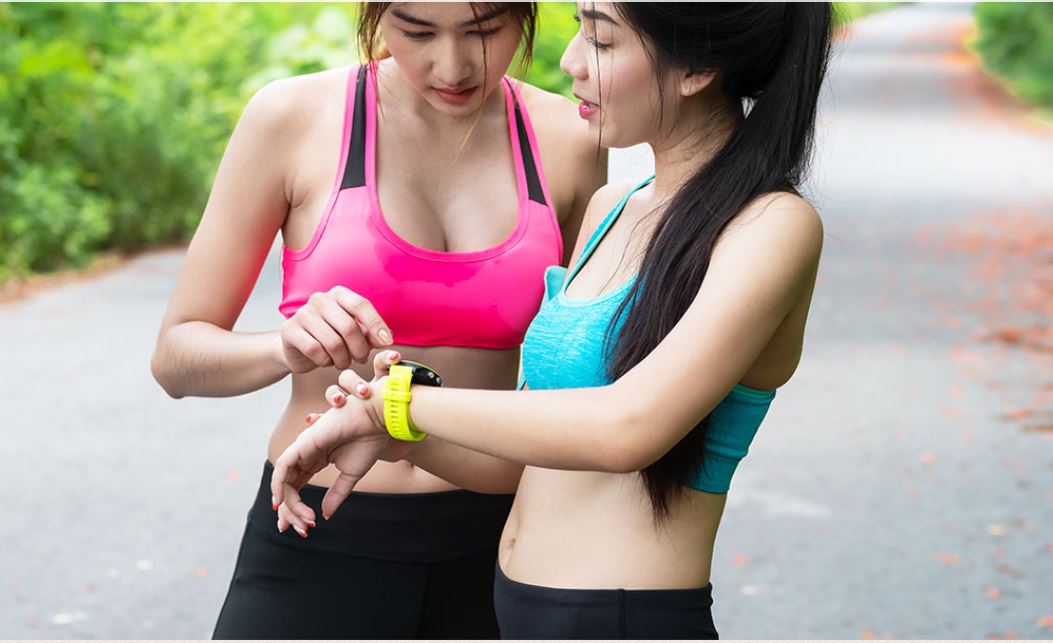
Introduction.
Regardless of the country, one of the most important tasks for expatriates is to take care of their health. And in Bangkok, it's not just me as a Gaijin, it seems that maintaining good health is not easy for Thais either. In fact, about 25% of Bangkok residents are diabetic, and 9% of children under the age of 15 are diabetic, according to one study. It is said that Thais consume an average of about 30 kg of sugar a year (equivalent to 20 teaspoons a day), which is more than three times the global standard. I often see overweight and underweight Thais on the streets. It is not uncommon for home visitors in Bangkok to hear about symptoms of diabetes, many of which are caused by delays in treatment.
In this article, I would like to discuss Thai people and health.
Low-sodium, low-calorie, and low-sugar measures
Many people may be aware that Thai food is relatively healthy, but Thai food in Thailand is rather the opposite, with many dishes being high in sugar, salt, and oil. For example, Pad Thai (Thai fried noodles) is said to have about 1,000 Kcal per plate. It has a lot of sugar due to its sweet flavor, and when you eat it, you can add more sugar to it (it tastes good). Green curry and Khao Man Gai (chicken rice) are said to contain about 800 Kcal (Big Mac is about 530 Kcal). If you use a lot of these foods because you are familiar with them and think they are easy to eat, you will end up with too many calories without knowing it.
It is difficult to completely control calories and additives. That's because eating out and eating in is a basic rule for Thais. You can't see how the food is prepared in a restaurant where you can't see the kitchen, so it's normal to make various requests about seasoning when you order. Not only for food, but even for a cup of coffee, people give detailed instructions on the name of the coffee they want, how cold or hot they want it, and how sweet they want it. This is also connected to the fact that Thailand is a "customize everything" culture. If you don't tell them what you like, Japanese people who are not used to the default taste of coffee in Thailand will be forced to drink something terribly sweet. Of course, the recipe is made that way because a certain number of people prefer that taste, but nowadays, more and more people are specifying black coffee. As for canned coffee, unfortunately, there is no such thing as completely sugar-free coffee in convenience stores. Even if the coffee is labeled as sugar-free, it still contains sweetener and you can feel the sweetness.
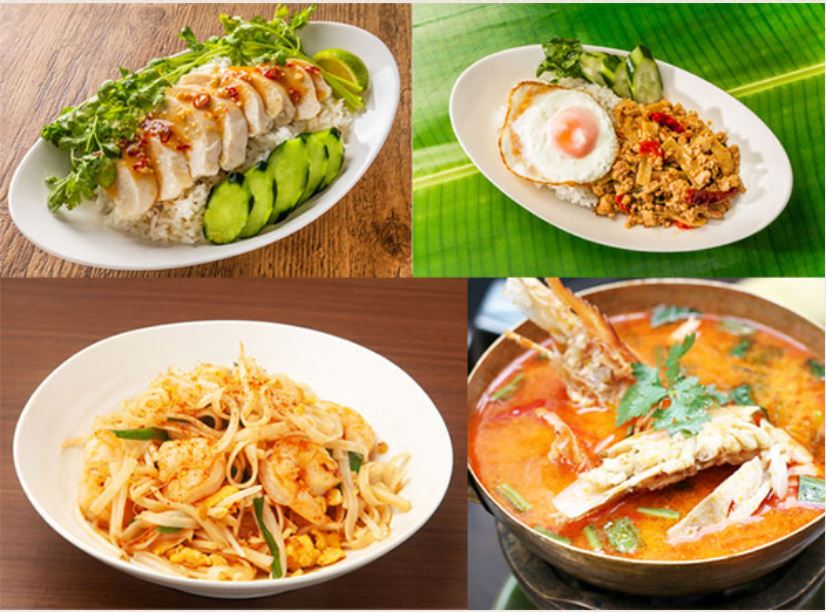
On the other hand, many Thais are exercising, especially running, due to the health boom. Organic foods are also popular, and the market for green juices, natto (fermented soybeans), and other foods with health and beauty claims is heating up. The number of foods claiming to be low in calories or sugar-free has also increased. The calorie content of the products themselves is also being labeled. However, it is somewhat difficult to control one's own calorie intake in a situation where Thai people lead a life centered on eating out and eating in, a habit of eating something five times a day, including snacks, and a manners of serving (and being served) snacks to others when one wants to eat something. It seems to be somewhat difficult to control one's calorie intake.
Thailand is a country where people are becoming more and more health-conscious (whether they act on it or not). The government will not stand idly by and watch the aging of the population in their 40s, but will promote the health of its citizens in various ways. For example, a sugar tax. The more sugar a product contains, the heavier the tax burden will be, so companies will need to take measures such as reducing the use of sugar. This is not only a trigger to increase the number of low-sugar products, but it is also an easy way to increase tax revenue. As a consumer living in Thailand, I sincerely hope that more and more companies will offer products and services that truly consider the health of Thai people.
Countermeasures against lack of exercise
Lack of exercise is true for many Thais. For example, office workers commute by car for 2-4 hours a day round trip, and spend about 7 hours in the office, which means they are sitting for about half of the day. Even if you commute by train, you can take a car or a motorcycle cab from your house to the nearest station, and then take a motorcycle cab again for the last mile to the office, so it's actually a very convenient society where you can commute without moving your body that much. I call it the 10-minute walk problem, but since 10 minutes on foot is a distance that Thai people no longer want to walk, cabs and motorcycle cabs are often used, partly because they are cheaper.
In response to this lack of exercise in society, running and marathons have boomed in 2017 and have now taken root. As a result, 1,275 marathon events will be held across the country in 2019 alone. At Lumpini Park near my office, many runners sweat every evening until the park closes at 9 p.m. About half of them are wearing T-shirts that they probably got from the marathon with the word "Finisher" printed on the back. The numbers printed on the back of the t-shirts vary from 10km to 100km, but each one carries a sense of pride on its back.
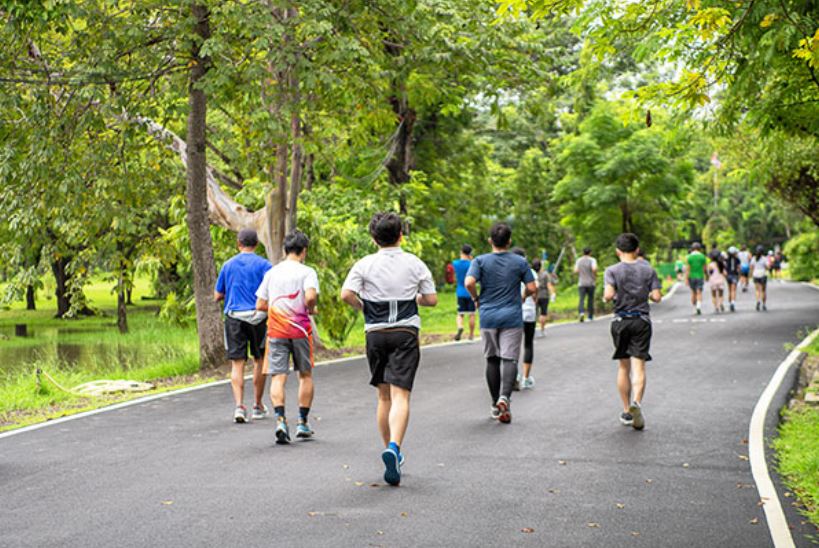
Thai people run early in the morning or late in the evening, avoiding the hot daytime hours. Perhaps because of this, almost no one wears a cap while running. Some people squeeze their shorts to get rid of the sweat, but most run without towels. They either change out of their sweat-soaked running clothes at the lockers in the park or head home in the same clothes they ran in, which makes me wonder how they take care of their sweat. Some of them are running in their work clothes, some in long skirts, some with rain umbrellas, etc. I don't know how serious they are, but they seem to think that no matter what they wear, it doesn't change the fact that they are running. They don't go in for the "form" of fashion, which makes them more receptive.
Aside from race T-shirts, marathon-related goods do not seem to be selling as well as expected, given the fact that people who wear regular clothes are also running to a certain extent. For example, wearable activity meters may sell better, but it seems that more Thais are wearing regular watches. In fact, there are a good number of people who don't wear anything on their arms. However, it is typical of Thai people who spend the most time looking at their phones in the world that they are running with only their phones.
By the way, I believe there are at least three product categories that have definitely benefited from new demand due to the increase in the marathon population. These are wireless headphones, mini pouches, and sports bras. Wireless headphones are used by about 70% of both men and women. Thin mini-pouches are used by about 90%, with a smartphone inside. Two types of pouches are used: waist wraps and arm wraps, but the most experienced run without pouches. Also, about 90% or more of women wear a sports bra. All of these items were almost never used in scenes other than marathons.
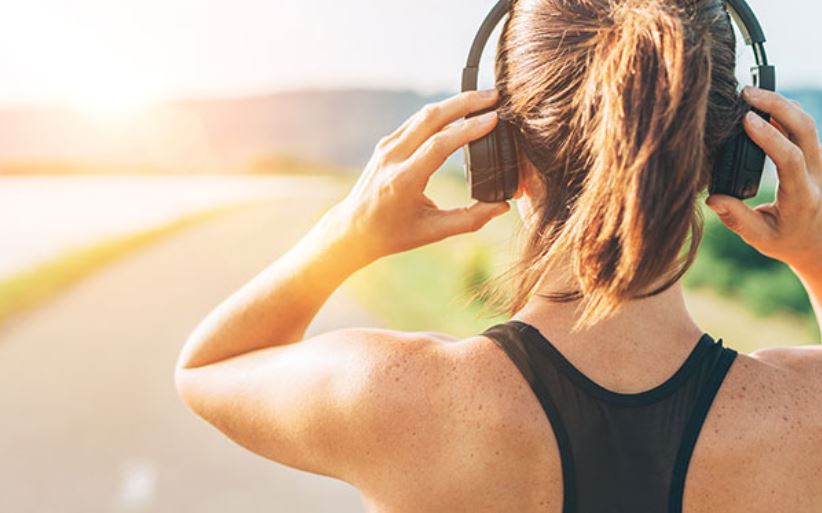
If you are a Thai person who has no place to run around your home or office, and your income is above a certain level, you may have a spacious house, and you may see a relatively large treadmill set up during your home visit. I remember that there was a treadmill section in a department store. Gymnasiums are also opening at the height of their popularity, but whenever I look through the glass, I often find that there are not that many people using them. Although the fees vary depending on how you use the gym, I think it is because the monthly fee is quite expensive, about 68,000 yen depending on how you use it. It may also have something to do with the fact that simple training machines are available for free or at low prices in Thai parks.
As a result of my constant observation at Lumpini Park, I found out that the number of people who run every day is limited to a very small number of real core people. The number of people you see every day is almost always the same, and on Fridays the crowd drops to about 1/3. The number of people running marathons is certainly large, but I would guess that most of them have yet to make it a solid habit. They may be running at the gym, but as far as I can tell from my daily observation of Lumpinee Park, the rate of appearance of so-called runners is quite low. Many of them need some kind of support to maintain their motivation and keep exercising, which will contribute to the improvement of the health of Thai society.
Popularization of health care products and the proposal power of e-commerce sites
Lastly, I would like to talk about health care products and e-commerce sites. In some convenience stores in Thailand, pay-per-use scales are suddenly placed next to the entrance. Weight management is one of the most important and convenient numerical indicators for health, but the situation on the sales floor makes me think that a scale is not a household item. The other day, I saw a blood pressure monitor on display at Watsons, a major drugstore, and I also saw a scale at a small mall in my neighborhood. Perhaps the demand has changed somewhat, but I think the day when scales have some presence on the sales floor is still far away.
When I talked about blood pressure monitors with a teacher of the same age at my Thai language school, she didn't even know that they were sold in the first place, and was very happy when I told her that she could buy one online. It seems like it will be a long time before such health care products become popular in households, but I believe that they will spread rapidly. The reason for this is that Thai people's awareness of health management through diet and exercise continues to grow, and the population of people in their 40s and above will increase as their needs become apparent.
By the way, e-commerce sites in Thailand have seen explosive sales growth in the past year. Thailand's EC market is expected to grow by 18% YoY to about 478.8 billion yen in 2019. The percentage of online shopping orders placed via smartphones is 71%, higher than the global average of 55%.
I actually purchased a scale from the popular e-commerce site Lazada in June of this year. Since I was using a Huawei smartphone (Nova lite 2), I already got a Huawei Honor Band 4 (about 3,300 yen) of the same brand as my activity meter and linked it to my smartphone. I have been using the app to track my daily calorie consumption, the number of steps I've walked, and the amount of walking exercise I've done. Since I knew that the app on my phone could record my weight and body fat percentage, I gradually began to think that it would be a shame not to take advantage of it, so I started looking for a body fat scale at Lazada and found various brands of body fat scales that could be linked to my phone. The Chinese Xiaomi brand is particularly cheap, costing less than 3000 yen. The Japanese brand scales are quite expensive at 19,000 yen and I can't afford them. The Huawei body fat scale that I originally wanted was also over my budget at about 7,000 yen, but there were enough products with body fat measurement functions for me to compare and consider, and I knew that I could shop much more convincingly on the e-commerce site.
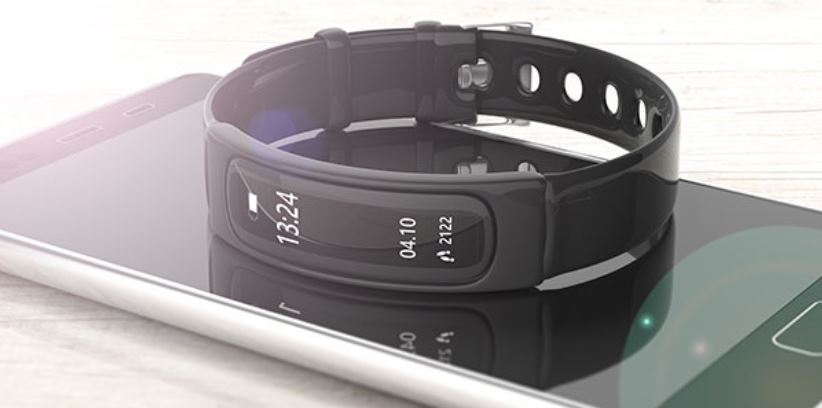
I finally ordered a Huawei because I really wanted to measure my body fat, and the LAZADA app allows you to keep track of the details of what process your order is in. My experience has been that it takes 4 to 5 days to get the product, but if the country the product is being shipped from is a foreign country, it may take a little longer. As I wanted to measure my body fat as soon as possible, I decided to cancel the order in the morning and look for another seller. On the same day that I cancelled the item, I was presented with an opportunity that I never thought I would have.
At the time, I had been considering buying a new phone, and I was always checking the price of Huawei's P10 (two generations before the latest model) to see when the price would drop, but I could only find one for just under 3,000 yen, which was always a little higher than my budget. I cancelled the body fat monitor and searched for a body fat monitor again, only to find that there was a one-day special sale on the Huawei P10 and body fat monitor set for about 27,000 yen, a deal I had never seen before.
Normally, the P10 alone costs more than that amount, but you can buy the phone for less and get a body fat scale for free. There was no reason not to buy it, so I bought it right then and there and got a body fat monitor and a new phone. The combination of the three gadgets, including the activity meter, enabled me to get the data I wanted to know about the amount of exercise and its effect on body composition.
LAZADA's ability to make suggestions is not only excellent but also very fast. When I later shared this episode with a researcher stationed in Singapore, he told me that it is possible to synthesize such an offer intentionally, not by chance. Once you become aware of it and get a clue about your consumption tendencies, the existence of EC, which allows you to expand related sales based solely on your purchase behavior history, is an important platform that allows you to more easily obtain products that support the growing health consciousness of Thai people, even if you are not as maniacal as I am.

In case you are wondering, LAZADA also allows you to search for products using pictures of the products instead of text. In other words, image recognition AI technology has already been implemented. I hope for a society where better products are provided to consumers with correct knowledge.
-
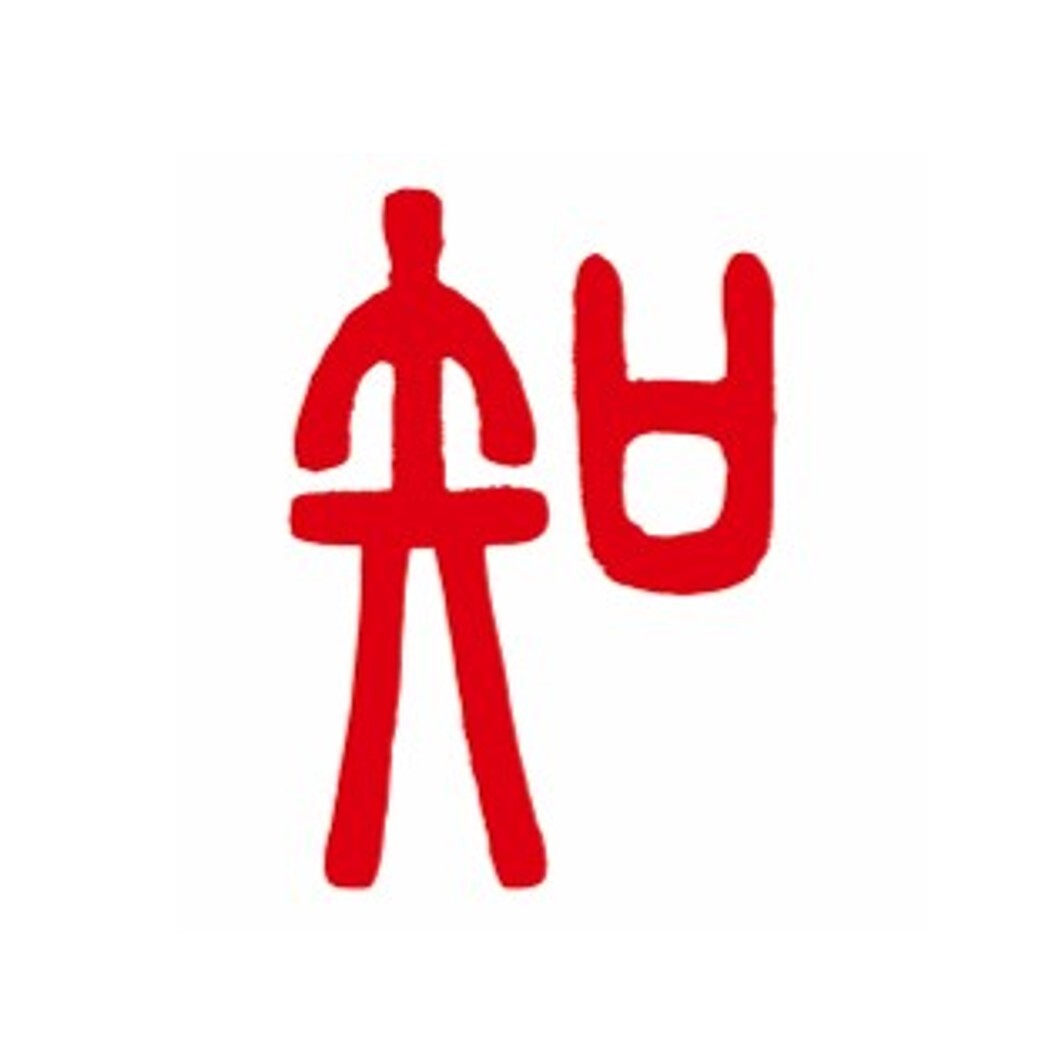
Author profile
(Mr. ) Daisuke Aoba
Male researcher in his 40s living in Thailand. He has visited more than 30 countries in the past. He believes in seeking out the best for the consumers in the country and always trying to be close to their feelings.
He continues to post his own global gourmet posts, which are viewed about 1,000 times a day, mainly in Thailand. -

Editor profile
Intage Inc.
―
- Sep 09, 2019
- 10108 Views
 Global Market Surfer
Global Market Surfer CLP
CLP